In her quest to build a museum, Nancy Bulalacao gets reacquainted with her community
By Cristina DC PastorWith more than 15 years’ immersion in the Asian American community, Nancy Bulalacao has decided it’s time to come home.
In October, she, together with friends and colleagues, launched the Filipino American Museum (FAM), one that had neither collection, nor permanent location, and peddled it as a “roving” museum. Through FAM, she reached out to various leaders and power brokers in the FilAm community and listened to what they had to say about building a museum. It would become the start of a super roadshow conversation about building and hopefully revitalizing the Filipino American community.
This was followed quickly by a recent gathering in May which Nancy created with John Jay College Prof. Kevin Nadal. “After the Storm” used Typhoon Haiyan to bring up the all-too familiar beef about how Filipinos seem to show solidarity only in the aftermath of a disaster. A panel, led by Pulitzer Award-winning journalist Jose Antonio Vargas, was assembled to begin the dialogue.
With these two events, Nancy’s visibility among FilAms began to emerge. A couple of leaders who spoke privately to The FilAm said Nancy reached out to their organizations, and one said, “That was my first time to meet her. I was surprised why she wanted to meet with us.”
Nancy said FilAm organizing is not something new to her. Her family was active in the community when she was growing up, an only child, in Long Island. Her father, Manny Bulalacao, was one-time president of Tanglaw, which grew out of the members’ regular activities as churchgoers. (Her mother, Rosario, is a retired school principal.) She remembered how Tanglaw started out as one lively, cohesive group where families got together most weekends and the children were like brothers and sisters. She witnessed too how the group would later in its life meander along into different cliques causing it to lose focus.
“I wondered: why did it have to be that way,” she thought then as that experience, she added, “really shaped my childhood.”
Subconsciously or not, Nancy would involve herself in Asian American life throughout college and beyond. She has worked in a variety of Asian programs for galleries, museums and nonprofit organizations. She helped coordinate the reunion portion of the Asian American Writers’ Workshop 2011 Pageturner Festival. She was programs officer for Asian American Programs at the Asia Society from 2003-2005. Up until a couple of months before she founded FAM, she was the director of Public Programs at the Museum of Chinese in America (MOCA) in Chinatown.
She would meet and collaborate with Filipinos but not within the confines of a stereotypical organization with officers, by-laws and charters. She has programmed, for instance, a reading for FilAm writer Jessica Hagedorn at The New School, where Nancy is an alumna
“My whole life has been Asian American programs,” said Nancy, who sat down for this interview with The FilAm in the East Village apartment she shares with her husband, actor Ken Leung (“Rush Hour,” “X-Men,” “Keeping the Faith,” “A.I.”). “And Filipinos have always been part of my life.”
In the following Q-A, she talked about this concept of a “roving museum” and the continuing process of FAM’s unfolding. Her thoughts about the community were somewhat guarded but not her ideas about the larger effort of community building. They were brave, precise, and full of passion.
The FilAm (TF): What has been the overall reception to FAM?
Nancy Bulalacao (NB): I thought it was very good. The reception has been 100 percent wonderful, far beyond what any of us thought.
TF: How do you explain it to people, like me, who are somewhat skeptical?
NB: It’s about starting a conversation. We had a list, in the beginning, of people we hope to meet and engage. As FAM develops, we develop new goals. A good portion of FAM people are into building institutions, many are part of different organizations. We thought we could think about FAM in a new way. It didn’t have to be a traditional museum.
TF: Is creating a traditional museum still a goal?
NB: If we wanted to think differently, (we ask ourselves) is it a physical space? Is it for profit? Is it focused only on art? All these are things that we started off asking ourselves and continue to ask ourselves, and we wanted to leave everything open and see how engaging the community helps to shape that museum.
Now eight months later, we all feel it’s very important to have a physical space. We really want to have a home for the community, and that’s a huge shift. We could get a space, we could get a storefront, have something right now. We really want to have a dream, but we want to think about what the dream would be for a museum, how do we do that, and who do we engage to make that happen.
TF: Is fundraising on top of plans to make that happen?
NB: It really isn’t. It’s the most important thing when building anything but what’s more important is relationship-building and talking to people and understanding what the needs are. So if we are thinking more from that point, I think that the money will come.
TF: What was the idea behind “After the Storm”? What did you hope to achieve by organizing it?
NB: It’s meeting people, having long conversations and listening to what they’re saying. I want to work with everybody that wanted to work with us. If I learn about an organization, I want to know more about it.
TF: One observation was how there were no members of the media invited.
NB: It wasn’t intentional. The way we built the list, we noted everybody who had posted a fundraiser for typhoon Haiyan, the way UniPro did their calendar. We went through that calendar, and then we assembled a panel. We asked the panel to add to the guest list people they thought could be part of the conversation. It was never a conversation about getting press coverage for it. As long as it was understood that everything was off the record, they were absolutely welcome to come as members of the community.
TF: With your long involvement with the Asian American community, is it correct to say that you are just now getting to know the FilAm community?
NB: My whole life has been Asian American programs. In my experience with my different mentors like (MOCA founders) Jack Tchen and Charlie Lai, I developed a very strong Asian American identity over anything else, over being a New Yorker, over being a woman, over being a Filipino American.
Within that was the Filipino community, and they were part of the work that I was doing and the programs that I was creating. People like Luis Francia and Eric Gamalinda I’ve known for a very long time. Jessica Hagedorn was the first poet I’ve programmed at The New School. So it’s not about meeting the Filipino community for the first time. They’ve been part of my life ever since. This is a very new way of relating to them, and for me that is very exciting.
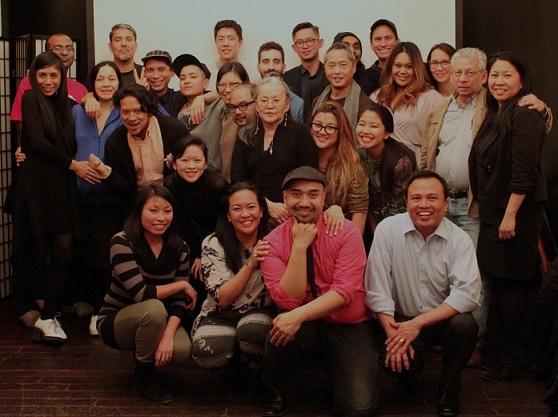
Members of the FAM Advisory Board: Augusto Arbizo, Christelle De Castro, Luis Francia,
Rio Guerrero, Charlie Lai, Kevin Nadal, Nicole Ponseca, Rayner Ramirez, Carissa Rodriguez,
Ninotchka Rosca, Jon Santos, Jack Tchen,
Ching Valdes-Aran, Jose Antonio Vargas, and
Darren Wan. Some members are not in the photo.

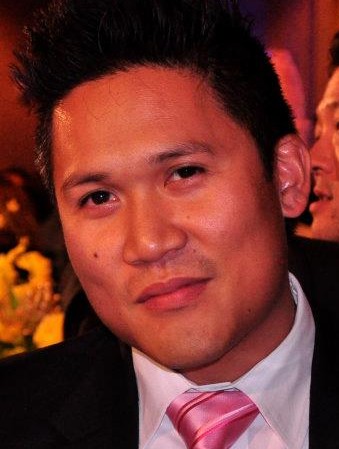
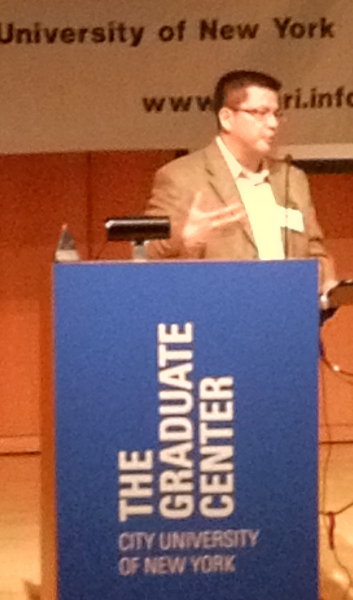
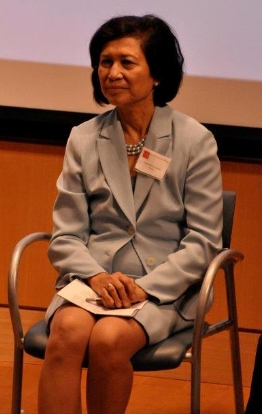
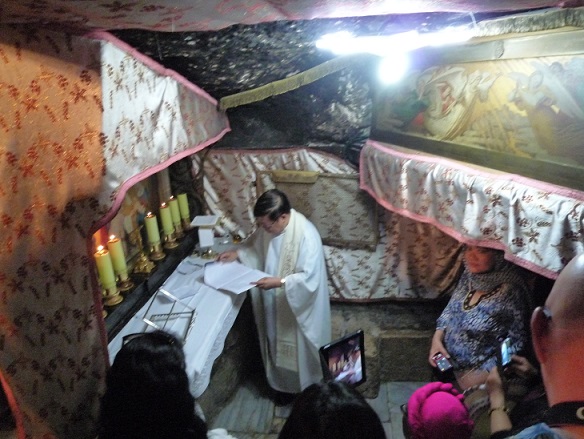
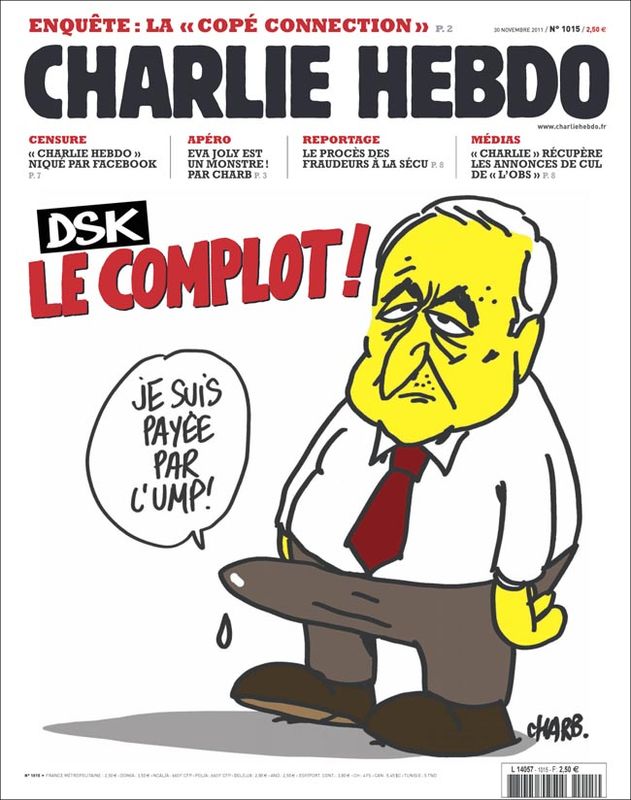
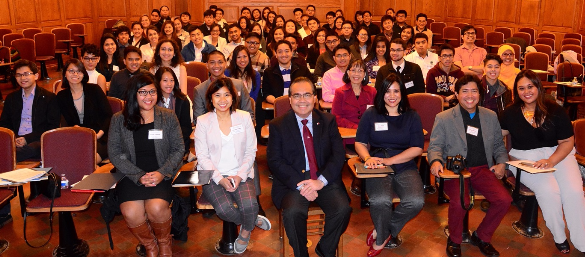
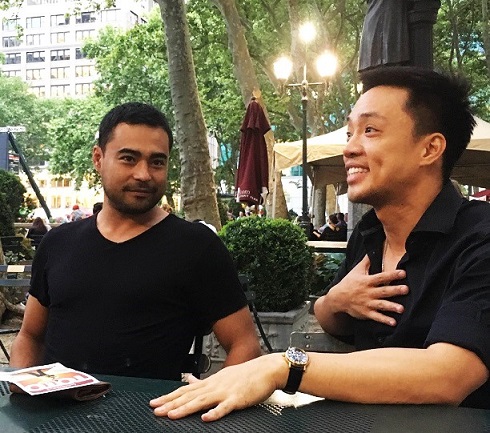
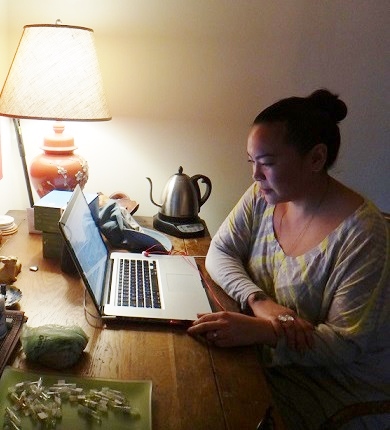

[…] 20, 2014 6:27 pm Leave a comment By Voices of NY | Via The FilAm Go to original story A+ / […]